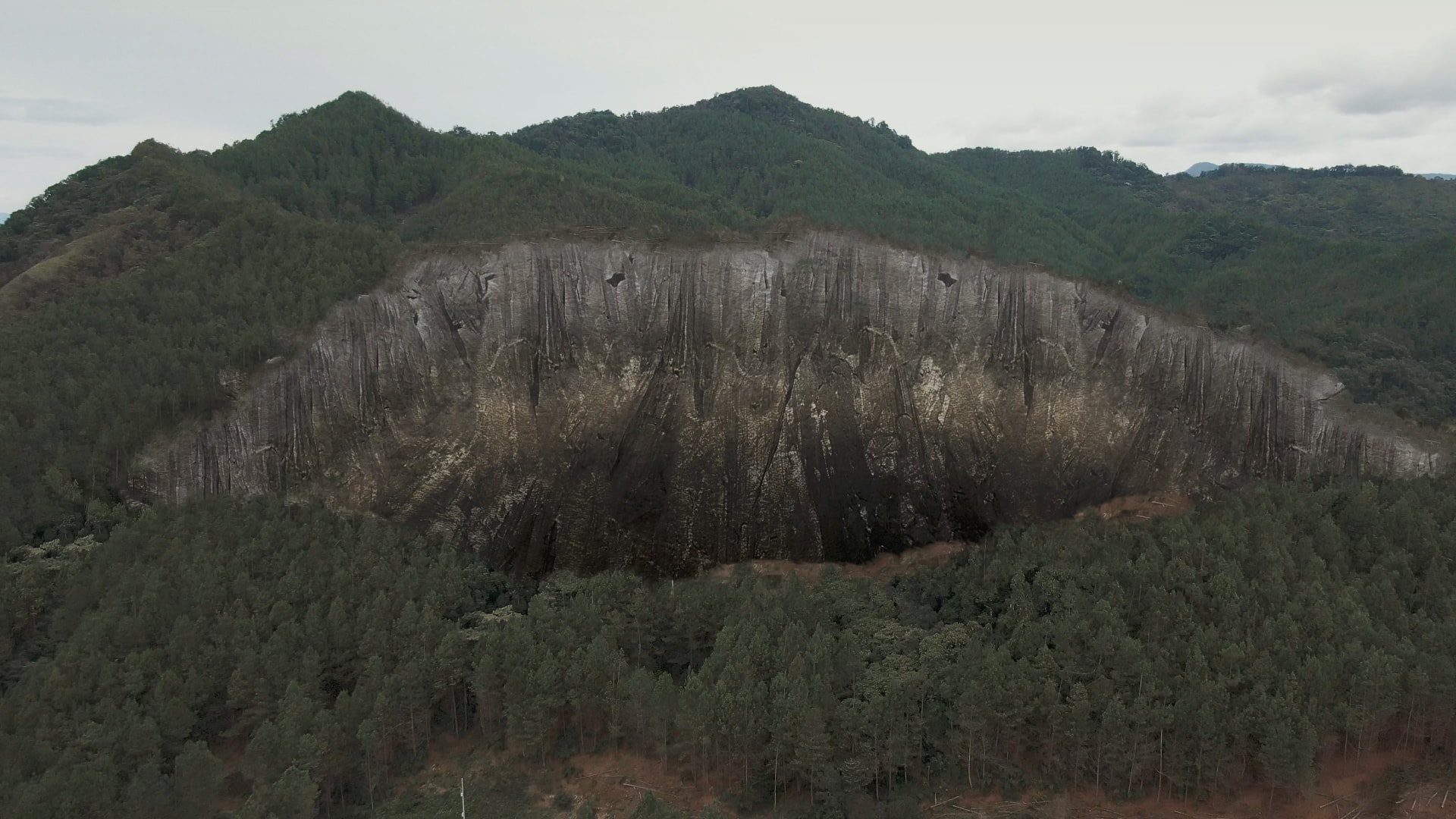Mining in Colombia: cutting down 65,000 trees, moving a river and more than one hundred tons of toxic waste
There is no such thing as green mining. The solution cannot be worse than the problem. We should not break ecosystems. It is time to articulate regionally in environmental matters. These are the substantive debates of the documentary Verde como el oro, directed by journalist and photographer Isabella Bernal Vega.
Through a series of conversations that allow the viewer to feel like a fly that overhears, the documentary shows how a town organized itself in front of the mega-mining project in the Southwest of Colombia. There the multinational mining company AngloGold Ashanti, who even does Less than a week – when the National Environmental Licensing Authority (ANLA) filed the license for its Quebradona mine – it planned to extract 4.9 million tons of gold, copper, and silver concentrate.
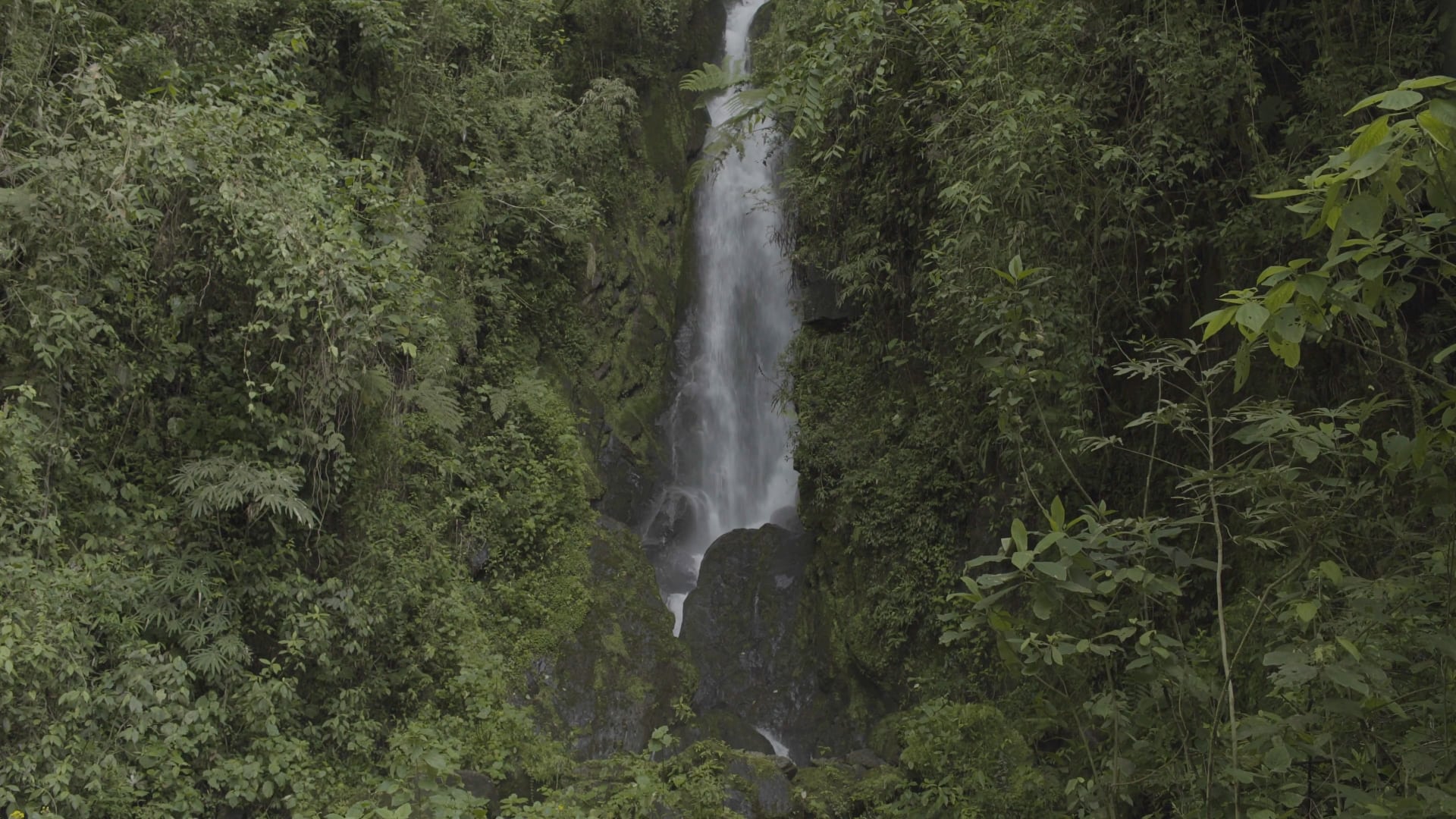
Although it is a great step since now the company will have to pay for studies again to resume its process with ANLA, the license has not been denied: it is as if it were in the freezer. If the process is reactivated, they denounce, it would generate 119 million tons of toxic waste, modify the morphology of the Cauca River, cut the Andean bear corridor by cutting down some 65 thousand trees, and threaten biodiversity.
What is the risk?
Colombia and Bolivia are the heart of the tropical Andes, the ecosystem is home to ten percent of the planet’s biodiversity. The company speaks of “green mining” but that term is invalid because they exploit a non-renewable resource. The argument is “we are removing minerals such as copper and gold that would serve for the so-called energy transition.” But the solution ends up being worse than the problem: you are attacking an ecosystem.
This place is a water factory for the world. This is not a documentary that seeks to end mining, because it would be impossible in modern life, which depends on technology and on these minerals. It is about understanding where mining is done, how, and what for. I do believe that there are ecosystems that should not be touched. And that is the case with the tropical Andes.
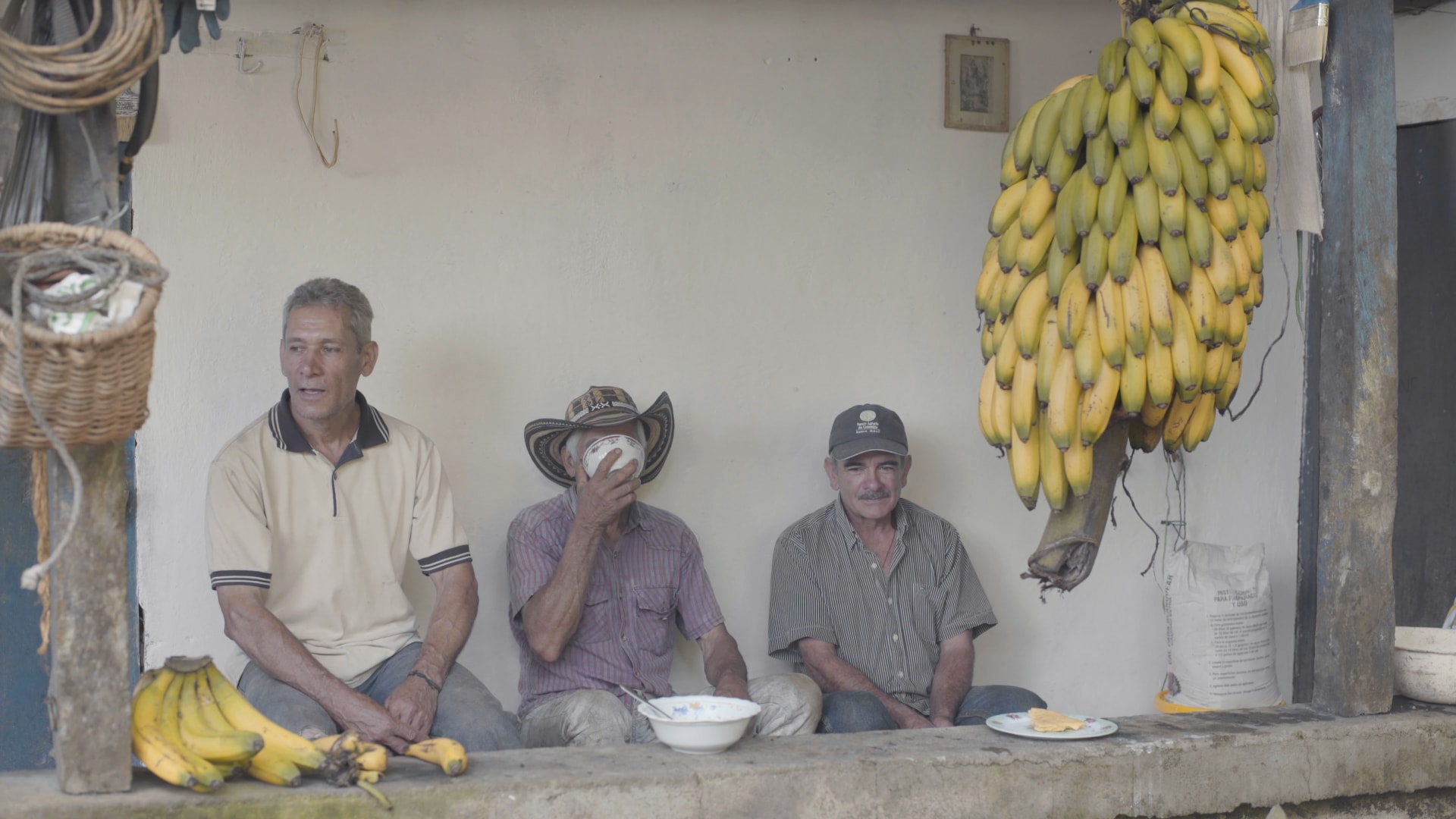
Do they denounce that the company did not analyze the presence of the Andean Bear in its environmental studies, was it like that?
The Andean bear is an umbrella species, one of those species that help smaller ones to develop. They call it ‘the little forest gardener’ because he spreads seeds through the forest with his footprints and opens the ground so that light can filter through and germinate. It walks through five countries in Latin America. It must be preserved for its ecosystem value. 65 thousand trees will be cut down, which serve to connect forests and protected areas. Killing them makes the bear unable to walk around. Building this project will interrupt the corridor, so bear species and families will continue to have difficulty finding each other. They will end up reproducing among families and losing the capacity for resilience.
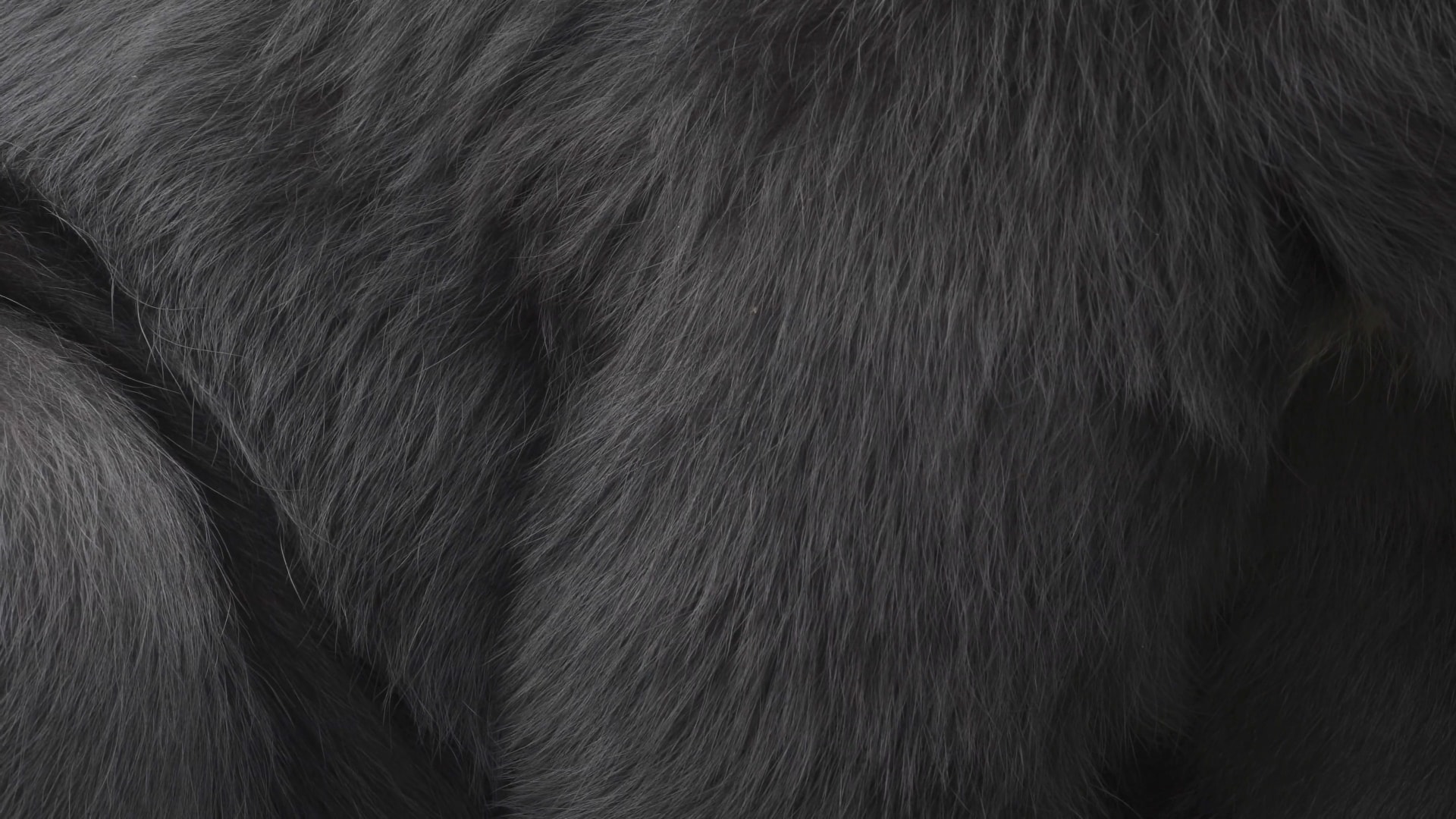
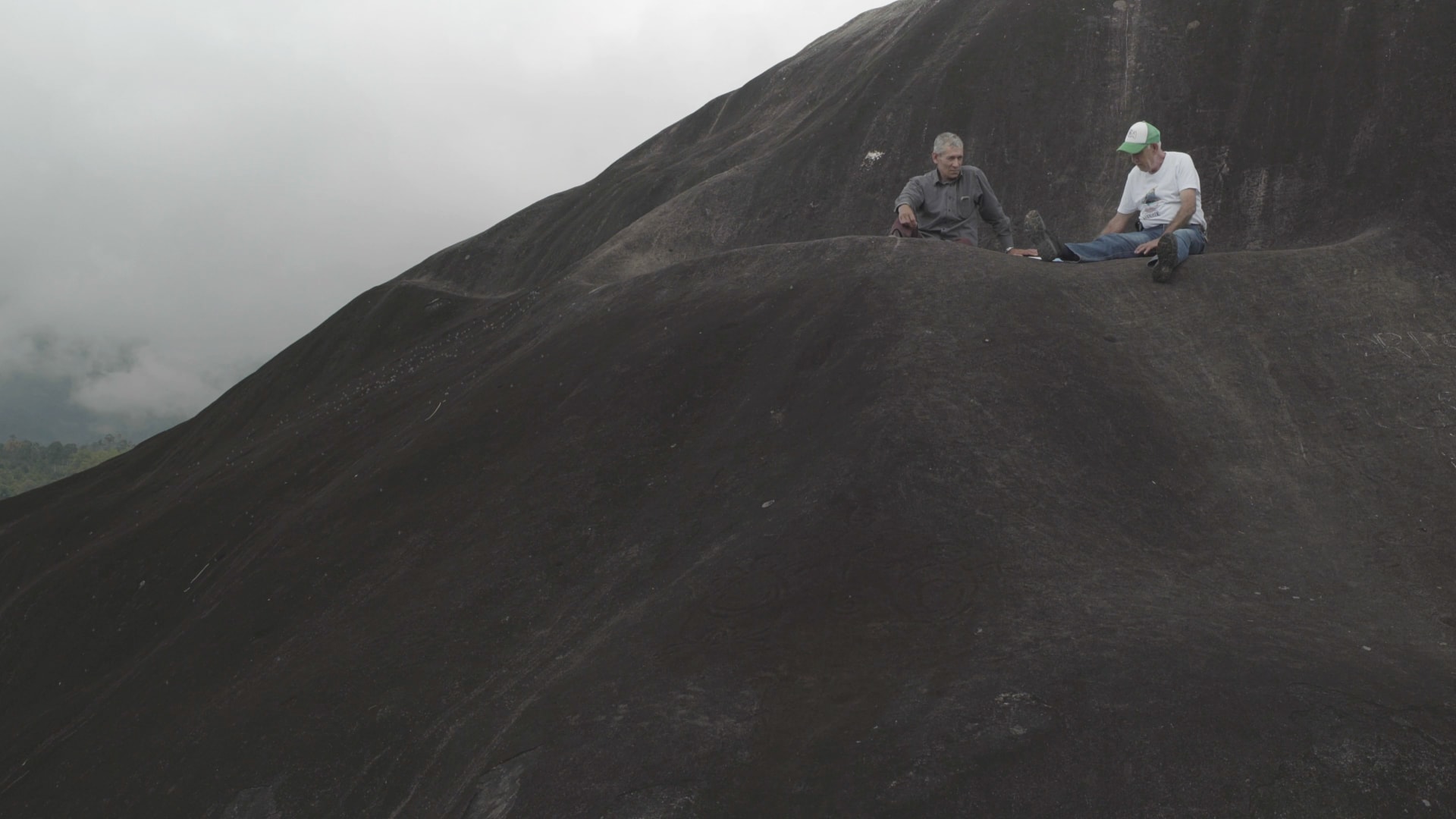
What stage is the process at?
AngloGold’s exploration of the territory began around ten years ago. Until Monday, October 25, the mining company was in the licensing phase. That day the ANLA -National Environmental Licensing Authority- filed the company’s license due to inconsistencies in its Environmental Impact Study because they did not meet the technical requirements. Today there is a large presence of mining companies in the region. That is why they had built an imaginary that there was nothing to do anymore, people had lost hope. What happened is so important because it restores hope. After all, it is like having won a battle against misleading advertising and corruption. I am a foreigner in that region because I came from Bogotá to try to tell a problem that many years ago others suffered. That is why I would not want to fall into the idea that we come to discover a problem that we reveal to the world. Thames communities have been saying this for over ten years.
What did the documentary do? Serve as a loudspeaker. The documentary amplifies the request that people make and help, to some extent, to bring hope back. That the mining company had bought farms or that her dump trucks were entering the region did not mean that nothing could be done. To co-opt, the mining company had already employed many people, which caused many families to split. Today we celebrate the decision that the National Environmental Law Authority made because it knew how to face the political pressure that was around but we also hope that Quebradona’s license will be denied definitively so that the communities that inhabit those mountains are not at risk of losing the agency and autonomy over its territory.
